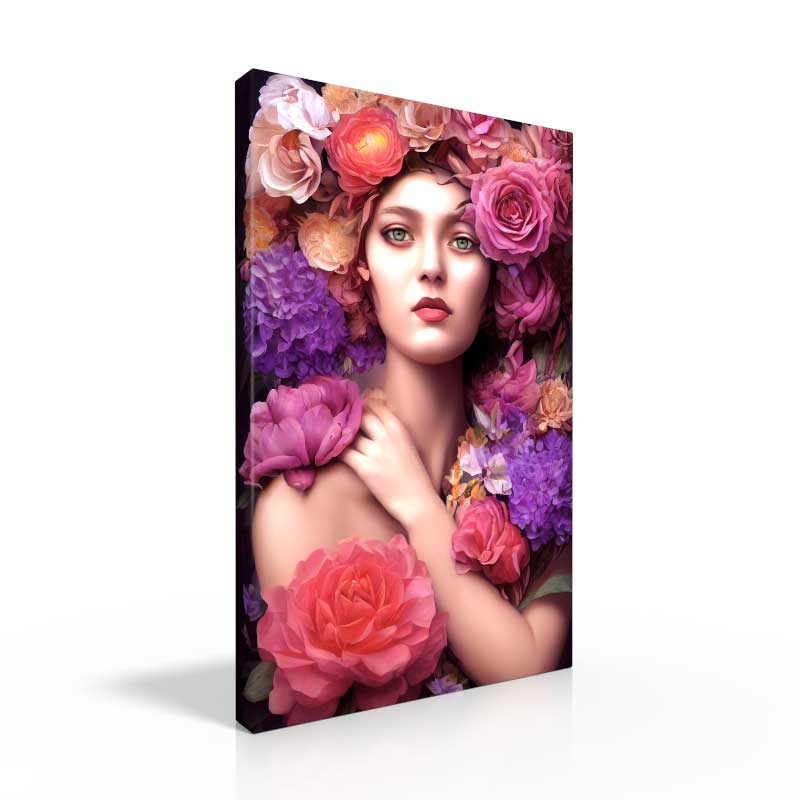At FinerWorks, we want to provide you with the best print possible. Now that we also accept vector files for printing, we want to share some do’s and don’ts that will help ensure everything works out as expected.
If you have not done so already, I have previously discussed what is a vector image. However, for the information I am about to discuss here, I am assuming you already know and work with vector files.
Convert Text to Outlines
This is extremely important if your design has any text you want to be printed. Converting your text to outlines (or curves) turns each letter into a shape, rather than a font. This prevents the “missing font” error, which happens when we don’t have the specific font you used. When a font is missing, our software will substitute it with a default font, which can completely ruin your design. Different programs might vary on how this is done, but generally, it will look something like selecting all the text in your file and using a”Create Outlines” or “Convert to Curves” command in your software.
Embed Any Raster Images
If your vector file contains any raster images (like photos), they must be properly embedded. This saves the image data directly into the vector file, making it self-contained. If your image is linked and not embedded, then this will not carry over to us when you submit the file for printing.
Remember, any embedded raster images will not scale infinitely like the rest of the vector art. Make sure your raster images have a high enough resolution (preferably 300 DPI for print) at their final printed size.
Remove Unused Elements
Start by turning on all layers and then deleting any that are not needed for the final print. Once that is done, take the time to delete any other unnecessary components. This includes removing stray points, which are tiny, unattached anchor points that can cause issues or simply increase file size. It also includes objects outside the artboard. This means if you have design elements placed off the artboard, remove them to keep the file clean and focused. And finally, remove any crop marks or other objects that are not meant to be printed.
Save a Copy as PDF or EPS
After cleaning up your file, save it in a format that we can easily work with. These include PDF, which is one of the most widely accepted formats and can hold all vector data and print settings. Alternatively, you can save it as an EPS file. This is an older but still widely used format that we accept.
One final note for Illustrator users: ensure you save the file with the highest quality settings and, when using PDF, select options like “Preserve Illustrator Editing Capabilities” in case we are asked to make any adjustments for you, like color correction.
Order Giclee Printing on Canvas
Printed using some of the highest archival standards in the industry, your photos or artwork will last for decades to come.

